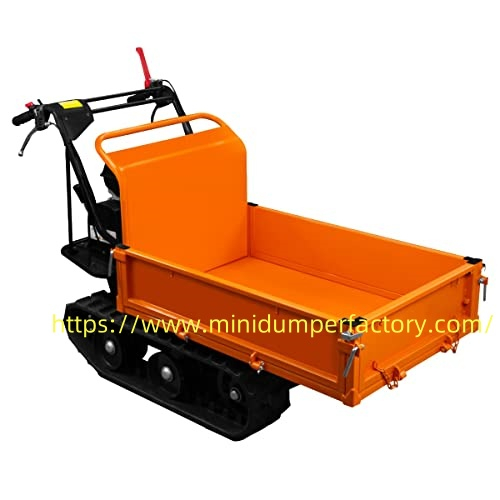Why Power Barrow Is Essential for Every Worksite Today

Power Barrow solutions have grown essential in modern worksites, especially in construction and landscaping, where transporting materials efficiently can impact overall productivity.
Manual labor on uneven or narrow terrain often slows down progress and increases the risk of worker fatigue. That's where motorized wheelbarrows come into play, transforming labor-intensive hauling tasks into manageable operations. Designed for tight access and heavy-duty use, these machines offer practical advantages that boost output and reduce downtime.
Electric and gas-powered models are among the most common variants, both tailored to meet different job site needs. Electric types are more suitable for indoor or noise-sensitive environments, offering quiet, emission-free operation. Gasoline-powered versions, on the other hand, provide longer runtime and higher torque, ideal for rugged outdoor terrain or larger construction zones.
The payload capacity of such machines varies widely, often ranging from 150 to 500 kilograms. Depending on the model, features may include multiple speed settings, reverse motion, four-wheel drive, or even tracked systems for added stability. These enhancements make navigating slopes, gravel paths, or muddy fields significantly easier.
Aside from performance, safety is a key benefit. Built-in braking systems, secure load compartments, and stable steering reduce the likelihood of on-site accidents. This makes powered barrows not just tools of convenience, but also of enhanced workplace safety.
Industries that benefit most include landscaping, agricultural plantations, estate maintenance, warehouse logistics, and light construction. Even DIY enthusiasts and homeowners with large gardens find these machines helpful for seasonal work like soil transport or debris removal.
From a maintenance perspective, today's motorized barrows are engineered with simplicity in mind. Battery-powered models often come with easy charging systems, minimal moving parts, and intuitive controls. Routine upkeep is generally limited to tire pressure, battery condition, and periodic cleaning, which suits both commercial operators and private users.
Looking ahead, ongoing innovation in motor efficiency, battery life, and smart control systems is likely to push the capabilities of these compact carriers further. Integration with GPS tracking and load monitoring sensors may soon become standard, further aligning them with modern logistics demands.
For those evaluating investment in such equipment, it's important to consider terrain type, payload requirements, operational frequency, and the availability of after-sales service. Choosing the right model can significantly reduce manual strain and improve daily efficiency.
Explore full specifications and product options at www.minidumperfactory.com.
- Art
- Causes
- Crafts
- Dance
- Drinks
- Film
- Fitness
- Food
- Juegos
- Gardening
- Health
- Home
- Literature
- Music
- Networking
- Other
- Party
- Religion
- Shopping
- Sports
- Theater
- Wellness

